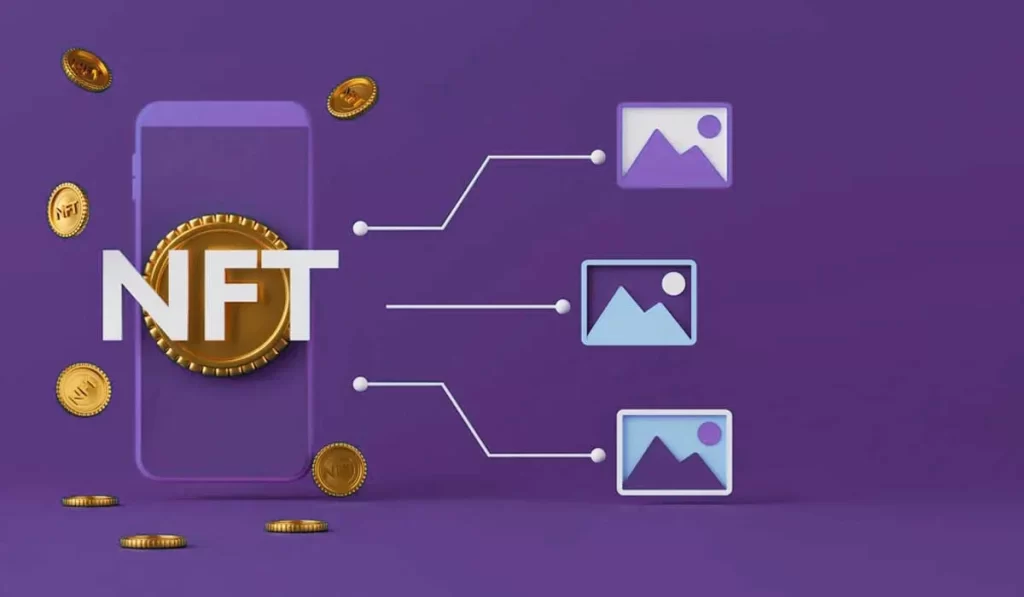Gaming has become a lucrative industry with the rise of Non-Fungible Tokens (NFTs). Still, the environmental impact of traditional NFTs is a cause of concern for gamers, developers, and environmentalists. Sustainable NFTs have emerged as a potential solution to this issue, which offers a more eco-friendly alternative for the gaming industry. Here, we will explore the concept of sustainable NFTs in gaming and their benefits.
Understanding Sustainable NFTs

Sustainable NFTs are digital assets built on eco-friendly blockchains, such as Tezos, with a lower carbon footprint than traditional NFTs. Carbon offset methods balance the emissions a particular activity produces by reducing an equal amount of emissions somewhere else. Proof-of-stake consensus mechanisms used by sustainable NFTs consume less energy and are more sustainable than traditional NFTs.
Benefits of Sustainable NFTs in Gaming
Sustainable NFTs can benefit the environment, game developers, players, and the gaming industry.
Sustainable NFTs can reduce the carbon footprint and energy consumption associated with traditional NFTs. Sustainable NFTs benefit game developers, such as increased engagement of users and a positive brand image. Environmentally-conscious players can feel better knowing they participate in a sustainable gaming ecosystem. Sustainable NFTs also offer players more excellent value and uniqueness, as they are created in limited numbers and have a smaller environmental footprint.
Examples of Sustainable NFTs in Gaming
Several game companies have begun adopting sustainable NFTs in their games, showing a commitment to sustainability and a more environmentally-conscious gaming industry.
One example is the game company Sandbox, which has implemented sustainable NFTs in its game through a partnership with Tezos. Sandbox utilizes Tezos’ energy-efficient proof-of-stake consensus mechanism, and they have committed to offsetting the carbon emissions produced by their NFTs through a carbon credit program. Additionally, Sandbox allows players to stake their SAND tokens, positively impacting the environment and earning rewards in the game.
Another example is the game company Mythical Games, which has created a sustainable NFT platform called “Blankos Block Party.” The platform utilizes the carbon offset method for making their NFTs, and they have partnered with One Tree Planted to plant a tree for every Blanko NFT sold. By implementing sustainable NFTs in their game, Mythical Games is demonstrating a commitment to sustainability and a more eco-friendly gaming industry.
Challenges and Limitations of Sustainable NFTs
One challenge is the potential cost of adopting sustainable NFTs, such as implementing eco-friendly blockchain technology and carbon offset programs. Another area for improvement is the current need for standardization and regulation for sustainable NFTs.
Another limitation is the need for more standardization and regulation for sustainable NFTs, leading to uncertainty and confusion for game developers and players.
To address these challenges, potential solutions include:
Promoting government incentives for sustainable gaming initiatives.
Developing more affordable and accessible eco-friendly blockchain technology.
Establishing industry standards and regulations for sustainable NFTs.
Final Thoughts
As a gaming company, Katana Inu can demonstrate a commitment to sustainability by promoting sustainable NFTs in their games. Sustainable NFTs can benefit the environment, game developers, and players and contribute to a more eco-friendly and socially responsible gaming industry. Sustainable NFTs have the potential to create a win-win situation for both the gaming industry and the environment.